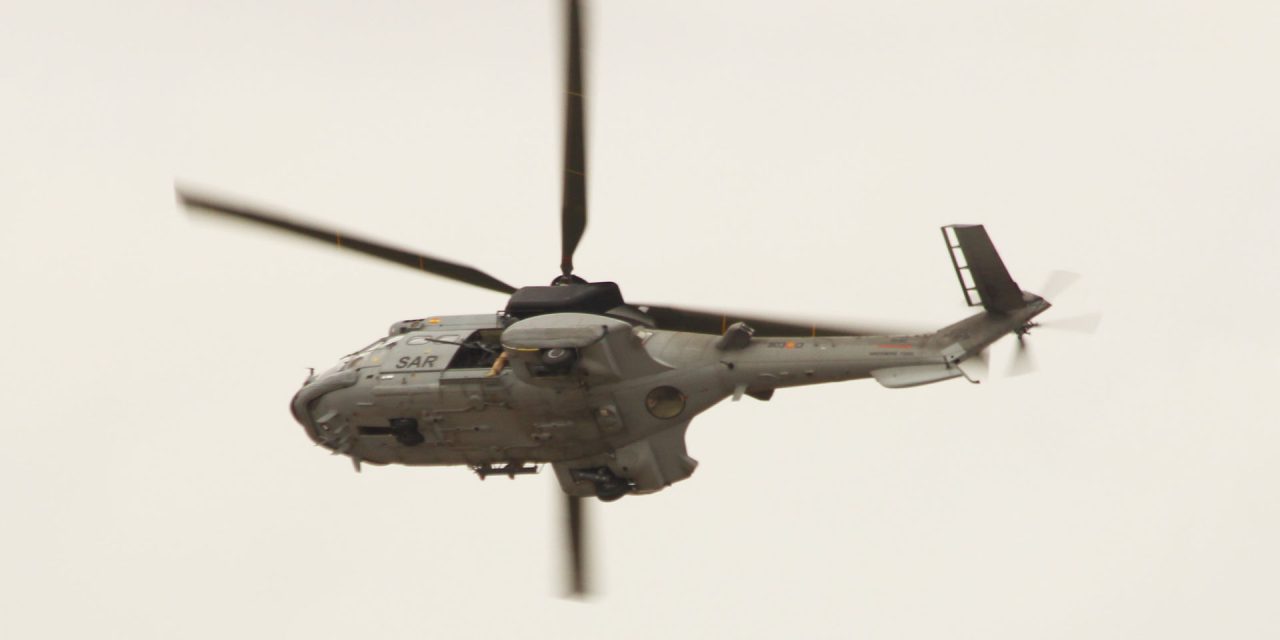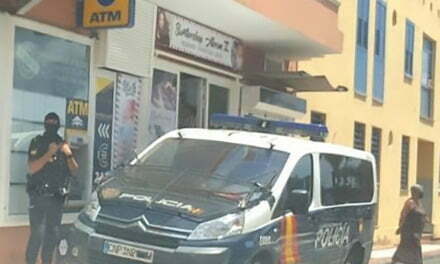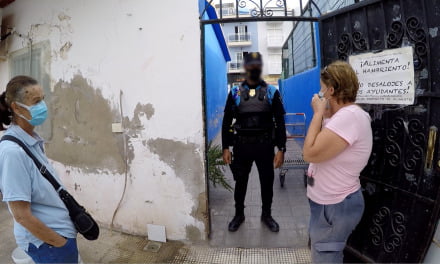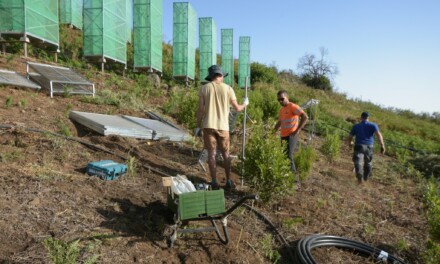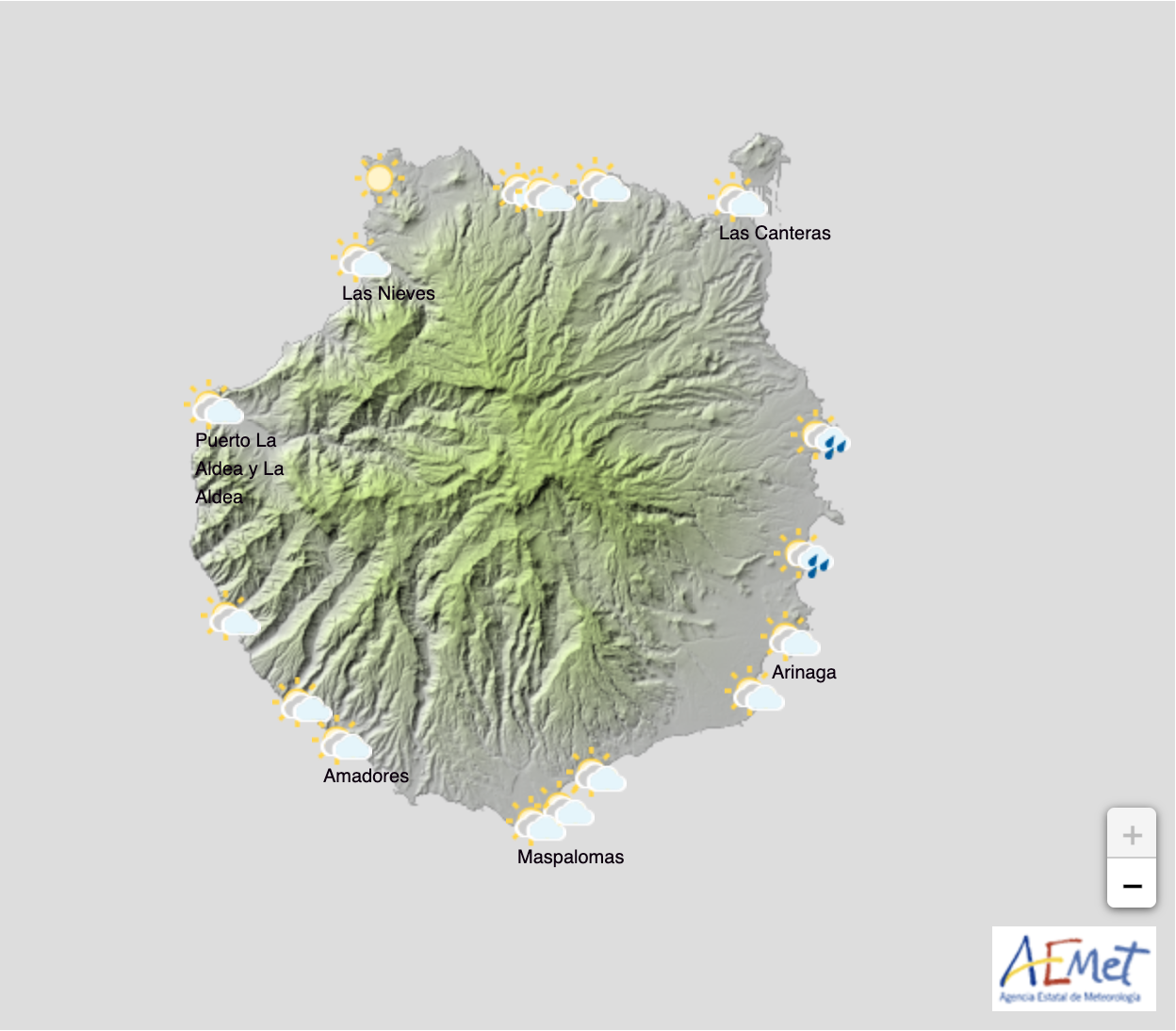The Spanish airforce may have renamed themselves the “Air & Space Force” last year, but it seems they still sometimes fly beyond the limits of their highly trained pilots’ abilities. But then, isn’t that exactly what training missions are for, to push the envelope and ready their personnel for active duty. Last Tuesday, April 18, it has been revelaed, a Super Puma (H215) helicopter from 802 quadron, based at Gando, had an accident on the south of Gran Canaria, while undertaking such training during night exercises.
The new Super Puma of the 82 Group at the Gando Air Base
 DGAM, the General Directorate of Armament and Materials, supplied their latest Super Puma back in March 2019, a renewal of the flight craft for its 82 Group, which operates from Gando Air Base, and carries out SAR (Search and Rescue) and other maritime rescue missions across the archipelago.
DGAM, the General Directorate of Armament and Materials, supplied their latest Super Puma back in March 2019, a renewal of the flight craft for its 82 Group, which operates from Gando Air Base, and carries out SAR (Search and Rescue) and other maritime rescue missions across the archipelago.
The four Super Pumas, provide the 82nd Air & Space Force Group, of the 46th Wing, with the latest craft, replacing their old AS332B veterans, following at least two fatal accidents over the last decade, which had been but down to out of date equipment. Since these Super Pumas entered operations, the four new aircraft have been reported to have provided a very satisfactory service , performing in a multitude of missions, among others, medical air evacuation (MEDEVAC).
The area of responsibility of Group 82 corresponds to the FIR Canarias (Flight Information Region or Flight Information Region for its acronym in English), a demarcation in which Spain has powers to control and advise all flights that operate within Its limits.
The area covers one and a half million square kilometres from the vicinity of the Madeira archipelago to Nouadhibou, in Mauritania . The capacity provided by the Air and Space Force helicopters in this area is vital in scenarios in which the autonomy and range of air resources can make all the difference.
Night exercises are common in the training of crew, however it has not yet been explained, from the Ministry of Defence headquarters, why it is this Super Puma was flying at sea level, and heading towards land. The exercise consisted of landing with night vision goggles, according to Spain’s Government Delegation in The Canary Islands.
Something caused the the lower part of the fuselage ti collide with rocky ground. Despite the impact, described as “light” by the authorities, the mission was able to continue by air and return to base, frustrating the exercise. Upon landing, the helicopter had trouble as the fuselage was damaged due to the accident.
The official version maintains that the landing took place “without notable incidents”
According to the Government, an investigation has been opened to clarify the causes of the incident. In these cases, any investigation is directed by a commission of experts sent from Madrid due to arrive on the island this week, we believe.
The sources consulted by Canarias Ahora affirmed that the three crew members were very lucky because the accident could have been much worse. Technical problems with the helicopter have been ruled out in principle, which points to human error, possibly due to overconfidence or the execution of a very risky manoeuvre, comments the original report.
The professionals at the Gran Canaria base are still very much aware of the two fatal accidents that occurred in the past decade. In March 2014, on routine exercises 30 miles off the Fuerteventura coast, two pilots and two mechanics died. The only survivor of the incident, Sergeant Jhonander Ojeda, then died a year and a half later in another accident, in which the two pilots also died when they were returning to their base on Gran Canaria from Mauritania.
As a result of these incidents, involving two old helicopters, The Department of Defence modernised its fleet with several latest-generation Superpumas for the SAR of the Canary Islands. One of the new aircraft, valued at €18 million, was involved in last week’s accident, but fortunately there were no injuries or fatalities.

